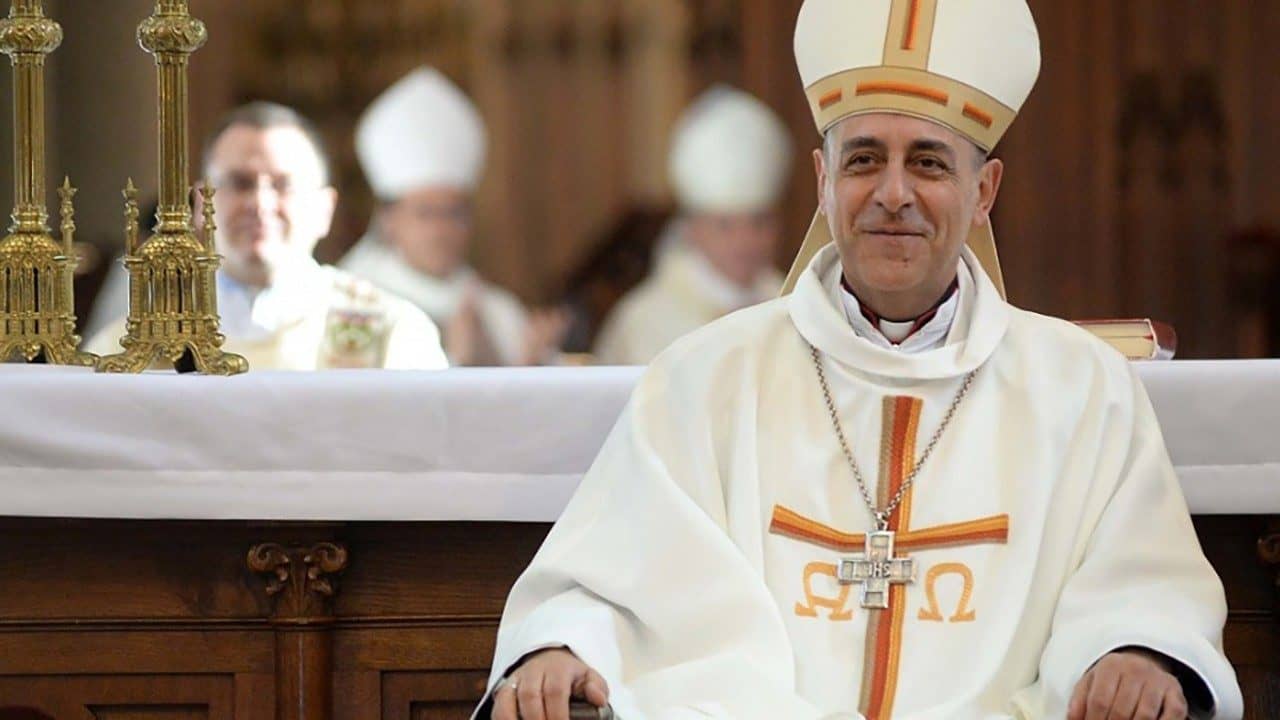ROME – Over the weekend, I spent some time with a group of journalists visiting Rome from the States, part of a special events unit within their news agency trying to get ready for whenever the next papal conclave occurs – or, as I call it, the “Big Show.”
We were standing outside a Roman landmark when one of the journos turned to me, more or less out of the blue, and said: “Everything in the world has become so surreal … first the Trump presidency, then Covid, and now Russia in Ukraine starting World War III. Really, the only word is ‘surreal.’”
To which I replied, “Yeah, it’s like we went to bed one night in a Grant Wood painting and woke up in something by Salvador Dali.”
It was really just a cheap one-liner, but the more I think about it, the more I suspect Dali might actually be a good point of reference for the Catholic Church in a world that looks increasingly like the melted clocks in “The Persistence of Memory.”
Born in Catalonia in 1904, Dali’s family was headed by a fiercely anti-clerical father, and he definitely inherited the gene. In early 20th century Europe, after the thick blanket of centuries-old clerical control was finally ripped away, it was almost as if there was an arms race to see who could vent their spleen about the church in the most outrageous fashion.
Honestly, if anti-clericalism were an Olympic event, the young Dali probably would have been in contention for the gold medal.
In 1928, Dali collaborated on a movie by Germaine Dulac called “The Seashell and the Clergyman,” considered one of the first surrealist films and pivoting on the erotic hallucinations of a priest who lusts after a general’s wife. The film conveys just about every lurid prejudice against Catholic clergy imaginable, but that was just a prelude to the storm that broke over Dali’s painting “The Sacred Heart of Jesus Christ,” which contains the deliberately provocative expression, “Sometimes, I spit for fun on my mother’s picture.”
Even Dali’s dad drew the line at that, demanding that he apologize, and, when he didn’t, violently kicking him out of the family home. (The father was also upset that Dali was romantically involved with a sexually adventurous Russian emigree named Gala, who would later become Dali’s wife and lifelong muse.)
Outrageousness was more or less Dali’s stock in trade, both in life and art. He achieved his greatest commercial success in the United States in the 1940s and then returned home, where he promptly declared himself a Spanish Nationalist and supporter of the regime of Francisco Franco. His love affair with El Caudillo cost him much affection within the surrealist movement – Pablo Picasso, for one, never mentioned his name again for the rest of his life.
At around the same time, Dali also began his celebrated “return,” after a fashion, to the Catholic faith. In 1949, he created a study of what would eventually become his Madonna of Port Lligat and presented it to Pope Pius XII in a private Vatican audience. (Among other things, Dali needed the pontiff to grant Gala an annulment so the couple could be married in a Catholic ceremony. She’d been married before in the Russian Orthodox Church, whose sacraments are considered valid by Catholic teaching.)
Dali would also be received by Pope John XXIII in 1959 to present “Good Pope John” with a study for his 1960 painting “The Ecumenical Council,” celebrating the summit of bishops announced by John XIII that would run from 1962 to 1965 and become known as “Vatican II.”
Dali went on enter a period in his work he called “Nuclear Mysticism,” which was, as he described it anyway, an attempt to blend the insights of Einsteinian physics with classicism and Christian mysticism.
However, it was often difficult to know how serious Dali was about anything – other, that is, than promoting Salvador Dali. Bear in mind that the aged Dali once said of himself, “When you are a genius, you do not have the right to die, because we are necessary for the progress of humanity.”
He seemed to genuinely love and cherish his wife, but had no problem sharing her sexually with others. (He was said to be a practitioner of Candaulism, which, to be honest, I didn’t even know was a thing, but apparently it has to do with sharing sexual images of your partner with a third party for voyeuristic delight.)
His ambiguity certainly extended to Catholicism. Famously, he defined himself as a “Catholic with no faith,” and his private life would appear to demonstrate that he wasn’t big in the Catholic morals department either. As for Catholic social teaching, do remember that Dali once supported Franco’s execution of three Basque terrorists by declaring, “Personally, I’m against freedom; I’m for the Holy Inquisition.”
Still, when Dali was dying in 1989 at the age of 84, he asked for a Catholic priest and received the last rites.
That, I suppose is what makes the Salvador Dali story such an apt metaphor for our times. His own life was as messy, incoherent and jumbled as the entire world seems right now. However, when the end came, his internal compass pointed due north and he went to his rest reconciled with God and the church.
In other words, if Salvador Dali could find his way home out of chaos (most of it, admittedly, self-inflicted), then maybe there’s hope for us all.
Follow John Allen on Twitter: @JohnLAllenJr















